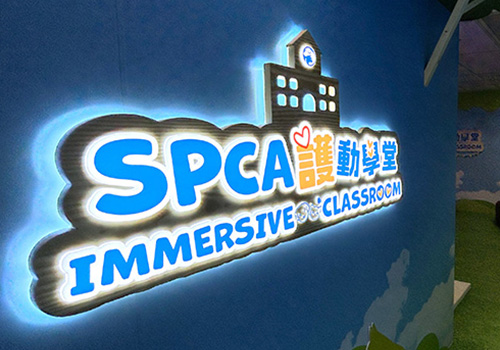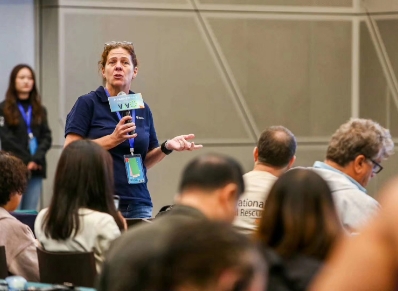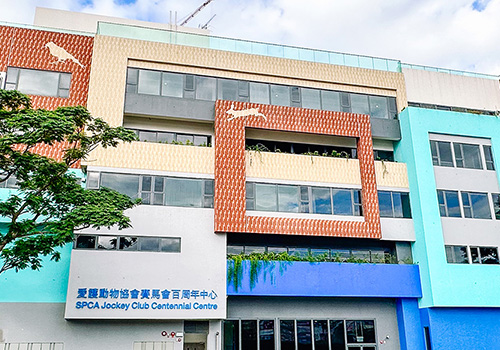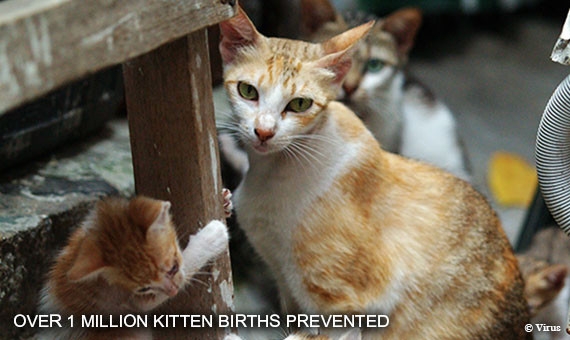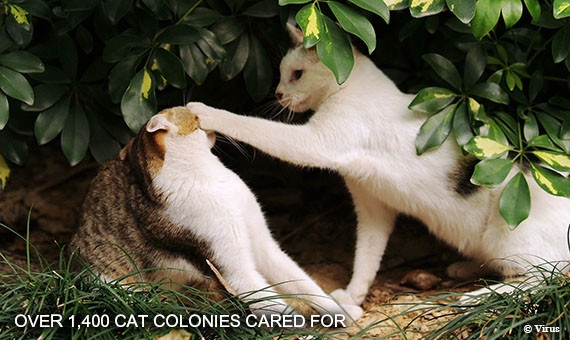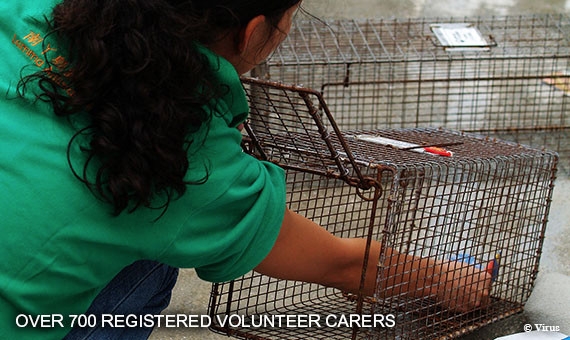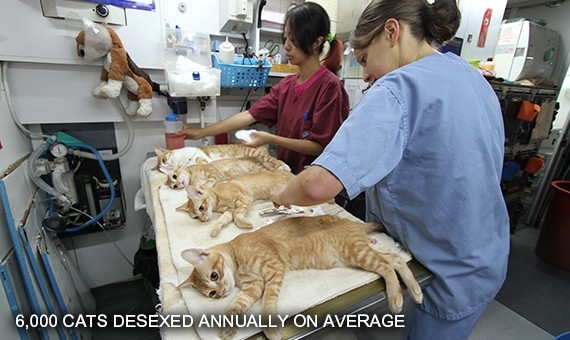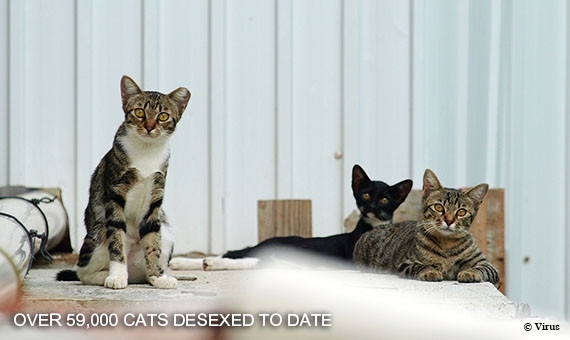Cat Colony Care Programme
Started in August 2000, SPCA’s Cat Colony Care Programme (CCCP) was begun as a response to the increasing number of street cats in Hong Kong. It combines the SPCA’s resources with the energy of Hong Kong’s numerous cat lovers in a territory-wide, community effort to reduce the cat population.
In its more than twenty-year history, the programme has seen more than 83,500 street cats desexed, helping reduce euthanasia rates while also improving the urban environment for humans.
For further information on the CCCP, please call 2232 5589 or contact us via email: cccp@spca.org.hk
Cats occupy a unique space in the hearts of the people of Hong Kong people. Loved by some but loathed by others, cats are one of the most photographed city subjects, yet also considered a pest. Thousands of street cats live amongst Hong Kong’s densely packed human population. Hong Kong’s stray cats are resourceful creatures, with a strong survival instinct and an exponential reproductive rate.
Street living is hard; street cats are vulnerable to illness, predators, and accidents. Street cats have to fight to survive, literally. They fight amongst themselves for territory and for mates, advertising their presence by yowling and urine spraying. Unfortunately, these qualities also make them extremely unpopular with human neighbours.
Enter the CCCP which works to resolve these negative issues in a humane way.
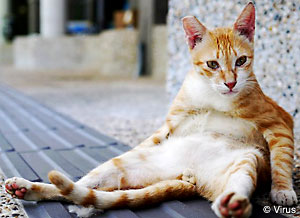
Undesexed cats tend to have a short life span of around two years. They eat by scavenging for food which can leave them malnourished and vulnerable to disease. Despite this, they can have two litters a year each with six kittens, which results in a rapidly-increasing cat population.
Street cats fight constantly, not only creating a noise nuisance for their human neighbours but also leaving them open to injury. A lack of care means they are likely to get ill and tend to suffer as a result.
From a human perspective, street cats are not only noisy but their urine marking makes the urban environment unpleasant.
By contrast, CCCP cats tend to have a much healthier and therefore longer life. Our carers ensure they have a regular supply of good quality food and, with no reproduction, there is no fighting for mates. This results in less injuries and reduced disease too.
Cats that do get sick are removed from the colony by a carer, helping keep the wider population healthy.
The overall result is healthier cats creating significantly less nuisance than their non-desexed counterparts.
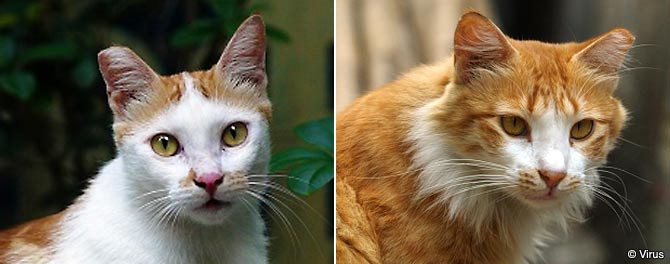
It is essential for us to identify feral cats that have been neutered. It helps with programme monitoring and ensures that they are not trapped and put through an unnecessary surgery a second time.
We identify CCCP cats using two methods:
Ear Tipping
We remove a very small part of an ear (left for females and right for males) to give us a visual guide. It’s a quick and simple procedure carried out while the cat is under anaesthetic for its desexing operation.
Microchipping
We embed a microchip under the skin and the unique number allows us to track the cat’s colony, as well as the carer. All cats neutered and returned under this programme since 2003 have been implanted with microchips.
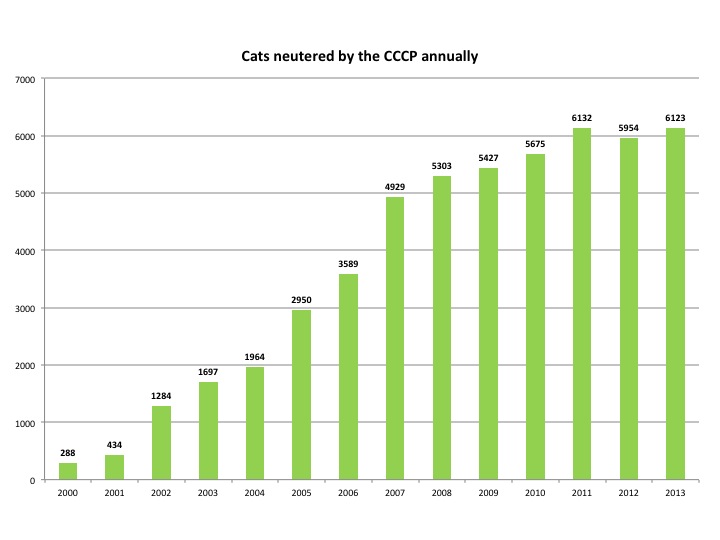
In the 1990s, countries such as the United States and the UK had some success in managing stray cat populations using Trap, Neuter and Return (TNR) methods. Together with increased spay and neuter programmes for roaming pet cats and kitten adoption drives, TNR helped reduce cat populations sharply in many areas, with broad community support.
With its rapidly rising cat population, the SPCA commissioned a feasibility study in the late 1990s to see if TNR could work in Hong Kong. The study led to the launch of the Cat Care Colony Programme in August 2000.
A committed band of carers feed and trap cats in their areas, and bring the cats to the SPCA. The SPCA not only desexes, vaccinates and microchips the cats but also provides preventative treatments such as defleaing and deworming with the goal of returning healthy, desexed cats to their original colonies.
The CCCP has seen over 45,000 street cats desexed and the programme has over 1,000 cat colonies across Hong Kong.
The chart below clearly shows the steady increase in cats desexed every year along with a steep drop in the number of cats euthanised annually.
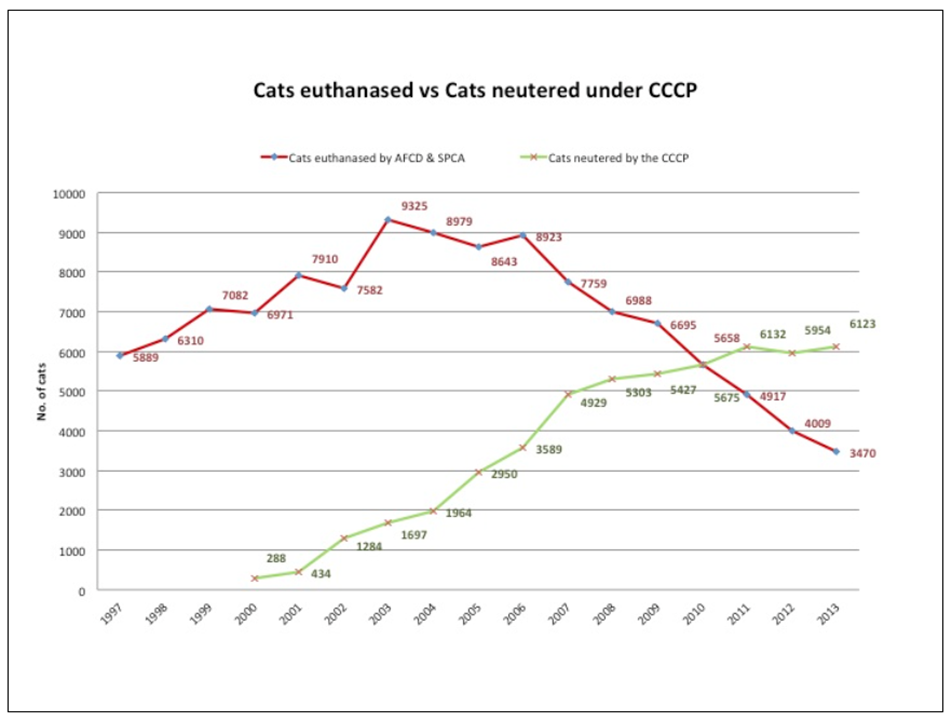
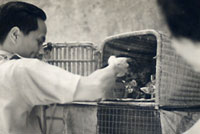
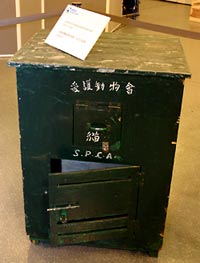
In the 1950s, more than 1,000 abandoned cats were handed into the SPCA every month. To cope with this extraordinary number, the SPCA set up boxes for the public to place unwanted cats and kittens. The boxes were located outside SPCA centres, as well as public areas in Hung Hom, Mongkok, Kowloon City, Shau Kei Wan, Sheung Wan and Stanley. Though intended for cats and kittens, inspectors often found many other animals inside – puppies, rabbits, hamsters, snakes and even adult dogs tied to the box.
With the introduction of the CCCP, the SPCA phased out cat boxes in 2002. Today, the only cat box that remains is in the Hong Kong History Museum; a stark reminder of Hong Kong’s stray animal problems and the progress made in animal welfare.

